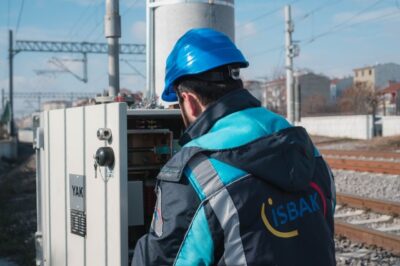The history of aviation is a testament to human ingenuity and innovation. Over the decades, aircraft technology has evolved at an astounding pace, leading to safer, more efficient, and environmentally friendly air travel. It’s time to take a deep dive into the remarkable journey of aircraft technology.
Early Aviation: The Pioneering Years
The story of aviation begins with Orville and Wilbur Wright. It was in 1903 that these two brothers achieved the first powered, controlled, and sustained flight. Their early aircraft were rudimentary, constructed with wood and canvas, and powered by piston engines. Amazingly, their first flight lasted just 12 seconds. However, these pioneers paved the way for the rapid advancements that would follow. In the early to mid-20th century, aviation saw the rise of propeller-driven aircraft. These planes featured internal combustion engines that turned propellers to generate thrust. While they were a significant leap forward from the Wright brothers’ aircraft, they were limited in speed and range.
The Jet Age
The 1950s marked a revolutionary moment in aviation with the advent of jet propulsion. Jet engines offered greater power and efficiency, enabling aircraft to fly faster and higher. Commercial aviation embraced jet technology, leading to the introduction of iconic jetliners like the Boeing 707 and the Douglas DC-8.
Advancements in Avionics and More
Simultaneously, avionics – the electronic systems used in aircraft – underwent significant development. These systems include navigation, communication, and flight control technologies. The introduction of autopilots, radar systems, and advanced instrumentation enhanced flight safety and precision. As aircraft technology progressed, so did the supporting infrastructure. Ground power units (GPUs) became an integral part of aviation operations. GPUs are mobile or stationary power sources that provide electrical and pneumatic power to aircraft while on the ground. They allow aircraft to operate various systems, such as lighting, air conditioning, and avionics, without relying on their onboard engines.
One of the key advantages of GPUs is their contribution to environmental sustainability. Aircraft engines consume significant amounts of fuel, emitting greenhouse gases and noise during ground operations. GPUs reduce these emissions by allowing aircraft to rely on cleaner ground-based power sources. This contributes to reducing the carbon footprint of aviation operations and helps airports meet environmental regulations.
In addition to environmental benefits, today’s GPUs play a crucial role in enhancing the passenger experience. When an aircraft is parked at the gate, passengers often require climate control, lighting, and entertainment systems. GPUs ensure that these amenities remain operational without the need to keep the aircraft’s engines running, improving passenger comfort and reducing fuel consumption. Ground crews use GPUs to power tools and equipment for inspections, repairs, and routine maintenance tasks. This not only streamlines maintenance operations but also enhances safety by eliminating the need to start aircraft engines for ground-based procedures.
Electrification and the Future
The aviation industry is continually exploring ways to reduce its environmental impact. Electrification is emerging as a promising avenue for achieving cleaner and more efficient ground operations. Electric GPUs, powered by renewable energy sources, are being developed to further reduce emissions and reliance on fossil fuels.
Modern airports are also striving to become more sustainable these days. Airports are adopting technologies like solar-powered GPUs and battery-electric GPUs to reduce their carbon footprint. These innovations align with global efforts to make aviation more environmentally friendly.
Aviation: A Uniquely Human Journey
The evolution of aircraft technology has been a remarkable journey, marked by milestones that have transformed the way we travel. From the early days of flight to the jet age, advancements in aircraft design and propulsion have shaped the aviation industry as it is known today. Ground power units (GPUs) have played a crucial role in this evolution, offering environmental benefits, enhancing passenger comfort, improving maintenance procedures, and contributing to the sustainability of airports.
Conclusion
As aviation fans look to the future, the industry will continue to embrace innovation and sustainability. Renewable energy sources and cutting-edge technologies will further reduce environmental impacts. The story of aviation is one of progress and adaptability, and the challenge continues as humans strive for a cleaner, more efficient, and sustainable future in the skies.









